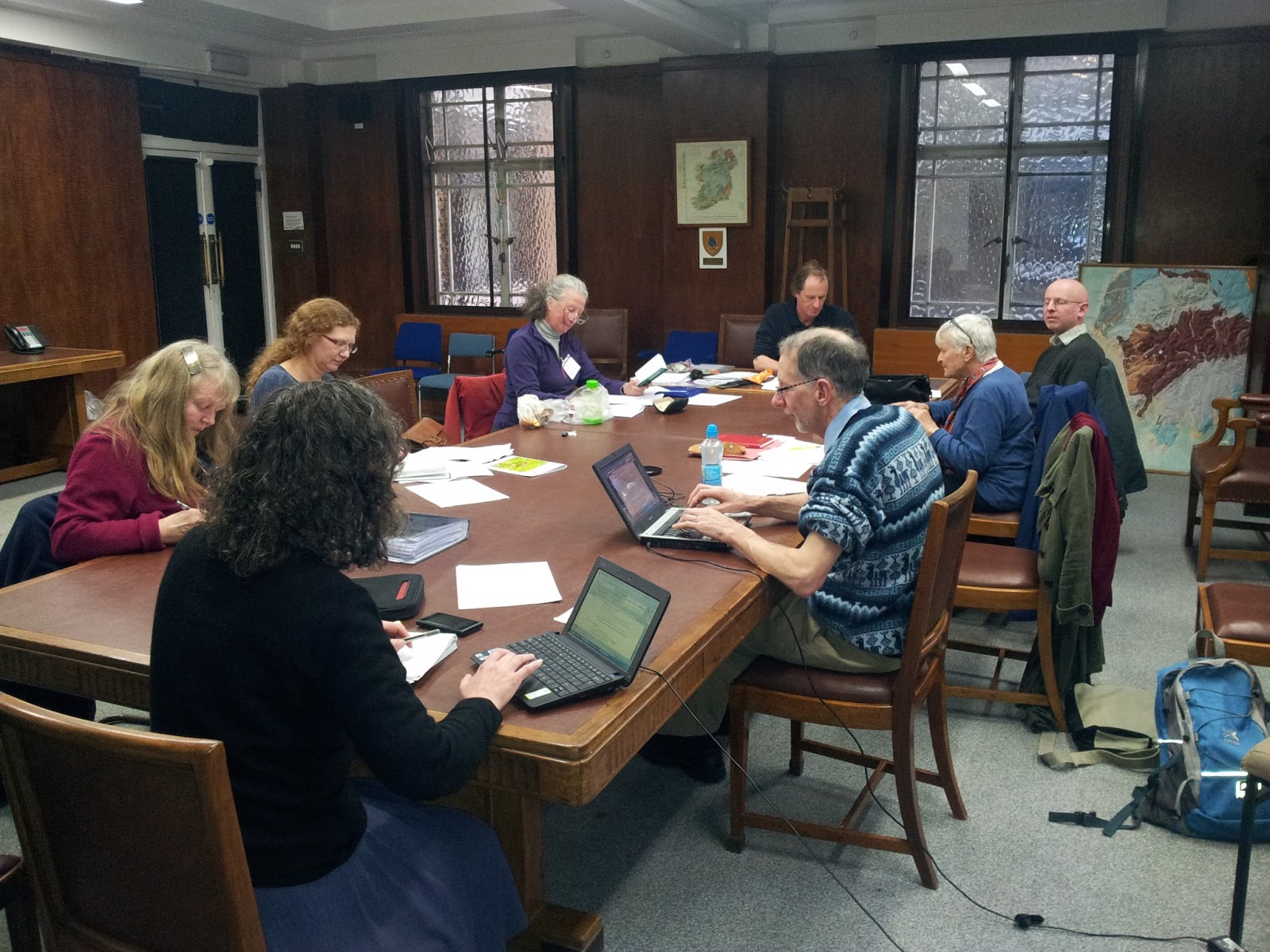Botanising by boat...
Ask people, what does a botanist do, and they probably have images of Victorian plant-hunters sailing off to uninhabited lands to explore what grows there. The reality is rarely so glamorous, but for a few lucky BSBI botanists this summer, it can be...
 |
| Rarinish Peninsula, Isle of Lewis. Photo: Paul Smith |
As part of this summer's three-week recording extravaganza in the Outer Hebrides, a boat is being chartered to sail out of Stornoway and down the south-eastern coast of the Isle of Lewis for the week of 13th-19th July. BSBI members will be able to record the poorly known flora of this area - some small in-shore islands; the usually inaccessible parts of the large Pairc area of Lewis, which is managed for deer and has no roads; and an excursion to the better-known Shiant Islands.
I've been fortunate enough to join the Outer Hebrides Recording Team during the past few summers, helping with survey work towards a new Flora, and I'm really looking forward to this boat trip, but this post isn't just to tell you smugly about my plans for the summer. That would just be annoying :-) The good news is that there are a few places left - the boat can take a dozen of us. The trip is pricey (£810 full board per person for the week), as you'd expect, but - a week sleeping on a boat! Uninhabited islands! A poorly-known flora! The Outer Hebrides in mid-summer! To whet your appetite, the photo above was taken of the Rarinish Peninsula on the east coast of Lewis, while recording there in 2011, and the one below is of the uninhabited island of Gasker: we spent a morning there last summer to record the island's flora. Click on the photos to get the full effect.
 |
| Botanists on Gasker, Outer Hebrides. Photo: Paul Smith |
See pictures of the boat, MV Cuma, here at
www.island-cruising.com and you can either find booking details in the
Field Meetings Programme in the BSBI Yearbook or
email me here at publicity@bsbi.org.uk and I'll pass on details to Paul Smith. He is one of the Vice County Recorders for the Outer Hebrides, v.c, 110, and organises the communal recording activities each summer; the other VCR, Richard Pankhurst (seen wearing his distinctive cap in the photo on the left) is co-author of the
Flora of the Outer Hebrides (1994). Paul will make sure that we see all the different habitats (coast, moorland, hills, lochans) and he can arrange less strenuous options if the rough terrain of Pairc is too demanding for some of us.

